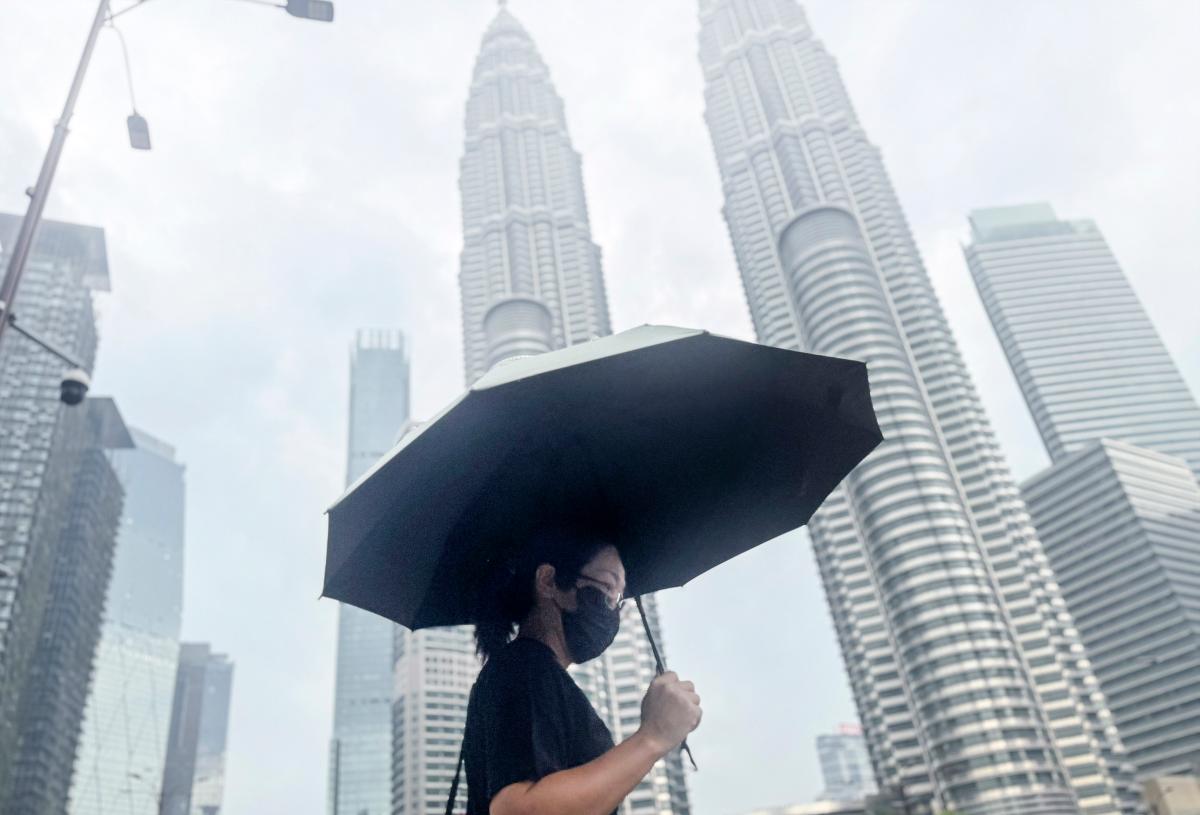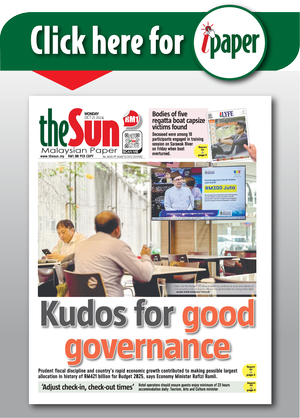PETALING JAYA: Floods may dominate Malaysia’s climate conversations, but a quieter and deadlier threat is already harming the nation’s children – rising heat and air pollution.
“The greater, quieter threat is constant exposure to heat and air pollution that harm children’s lungs, learning and wellbeing,” said Unicef climate and environment specialist Nasha Lee.
These stresses accumulate over time, limiting children’s potential long before a disaster strikes, she said.
Lee added that young people are not just victims of the climate crisis but vital partners in shaping Malaysia’s response. Through Unicef’s consultations with the Natural Resources and Environmental Sustainability Ministry, children’s and youths’ input has helped shape Malaysia’s upcoming Nationally Determined Contribution 3.0, outlining the nation’s climate goals and priorities.
“When children and youth are given meaningful platforms to share their experiences and ideas, they provide grounded, practical and future-focused insights essential for stronger climate policies,” she said.
To protect Malaysia’s youngest citizens, Lee urged the government to centre child-responsive social services in national and local budgets.
“This means investing in schools, clinics and social protection systems that can withstand floods, heat and other climate shocks.
“Climate finance should reach the frontlines, supported by coordination between the Environment, Health, Education and Social Welfare ministries.”
As Malaysia transitions to a greener economy, Lee stressed the need to ensure no child or family is left behind.
“Green technology must go hand in hand with inclusive social policies.
“That includes skills and training for youths, cash transfers for displaced families and community investments in livelihoods. A just transition means localised green jobs and safety nets so families don’t fall into poverty as the economy decarbonises.”
Lee warned that technology alone cannot solve the crisis.
“It’s vital for cutting emissions, but strong education and healthcare systems are just as critical for building resilience,” she said.
She added that real resilience is when children can keep learning during floods, when clinics stay open in extreme heat and when families have support to recover. This is the protection of children’s rights.
Among the region’s growing dangers, Lee said extreme heat remains dangerously overlooked.
“It doesn’t make headlines like floods, but it’s already affecting children’s health, learning and wellbeing,” she said.
Unicef data shows that by 2050, over two billion children globally will face frequent heatwaves.
In Malaysia, such events have quadrupled since the 1960s, from two a year to about eight.
“Children’s bodies heat up faster and cool down slower. Few adaptation plans address heat risks in schools, childcare centres or health facilities.”
Her call to action is clear: “Every national and local climate plan must be child-sensitive. When we design policies through the eyes of a child, we make smarter, fairer decisions that protect everyone. Protecting children is protecting our shared future.”









